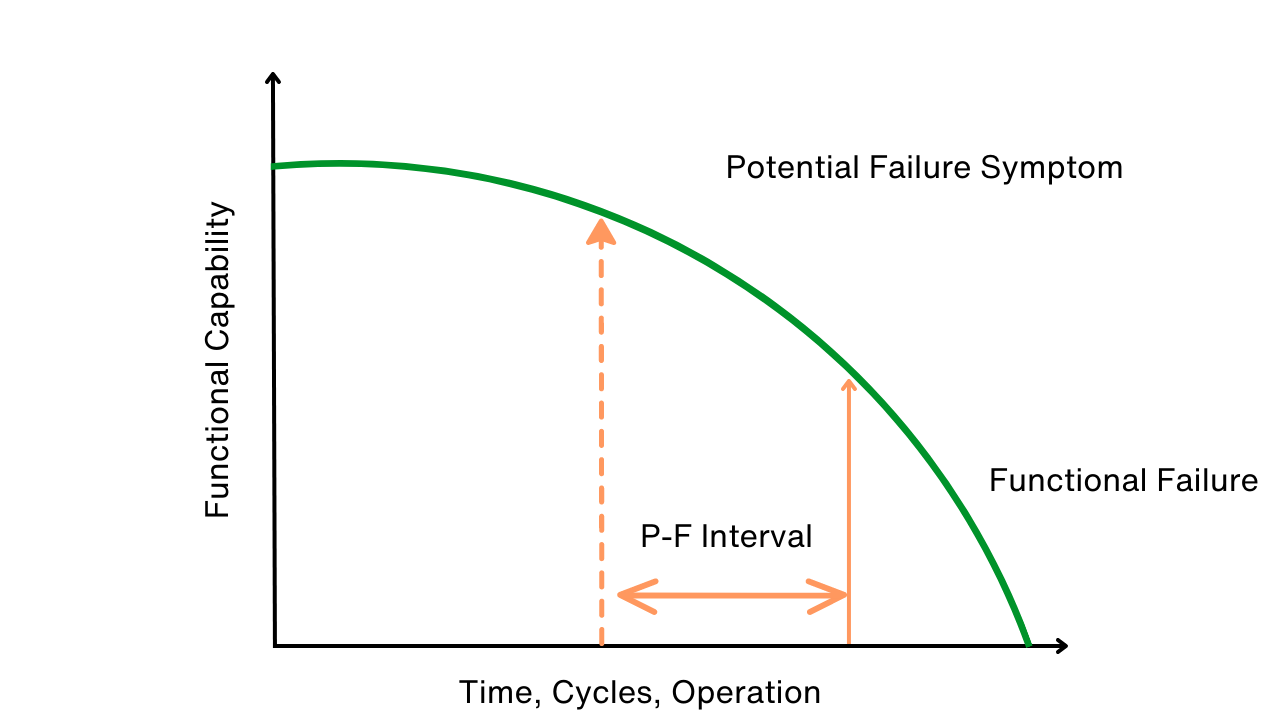10 Components of a Successful Vibration Program: Part 3
Alan Friedman, Zenco Vibration Experts
This is a 3 part series, click to view each article: 1 : 2 : 3
Maintenance personnel go to work and do their jobs taking measurements and writing reports, often with great care and skill. Their reports and recommendations then travel into a deep abyss from which they never return. Sound familiar? This situation is all too common in the condition monitoring (CM) world.
| 1. Right Goals | Having clearly defined and achievable goals that may evolve over time. |
| 2. Right People | Having the right people in the right roles with the right training. |
| 3. Right Leadership | Inspiring continuous improvement. |
| 4. Right Tools | Having the right tools and technology to help reach the goal. |
| 5. Right Understanding | Equipment audits, reliability and criticality audits, FMECA, maintenance strategies, etc. |
| 6. Right Data Collection | Collecting the right data at the right time to detect anomalies, defects or impending failures. |
| 7. Right Analysis | Turning data into defect or fault diagnoses. |
| 8. Right Reporting | Turning data into actionable information and getting that information to those who need it at the right time and in the right format. |
| 9. Right Follow-up and Review | Acting on reports, reviewing and verifying results, benchmarking, auditing and improving, etc. |
| 10. Right Processes and Procedures | Tying together: people, technology, information, decision-making and review. |
Machine condition reports are generated to help planners plan and schedulers schedule, but the planners and schedulers might never look at the reports or might not value them. A healthy machine might be replaced on a preventive maintenance (PM) schedule, even though there is nothing wrong with it. Another machine might fail catastrophically, even though there was plenty of evidence available to predict its impending failure.
A CM program needs to have clearly stated goals. A process of follow-up and review is required to verify the stated goals are being met. Thus, the right follow-up and review is directly linked to the right goals. Your goals should be aligned with the broader vision and mission of the company.
Many programs fail before they get started because the goals of the program are either not clearly defined or are not realistically achievable in the desired time frame. They may lack the necessary investment in funding, manpower, time, expertise, technology, etc. More often than not, a new tool or technology is purchased or a new initiative is begun with some vague hope that it will somehow solve one or all of your problems, even if it is not clear to anyone exactly what those problems are. Your goals may be as vague and lofty as the desire to reduce failures, reduce unplanned downtime, be more profitable, or reduce emergency repair work – all of which are valid goals if a bridge is created between these goals and the strategies, tactics and tools that will be used to reach them.
As the expression goes, the way to eat an elephant is one bite at a time. This is an important concept to keep in mind when defining your goals. Goals should be specific, measurable, achievable and time bound. Since money inevitably will be invested in order to achieve the goal, it is helpful if the goal itself can be stated in financial terms so the return on investment can be easily calculated.
Start small with something you can easily achieve in a relatively short period of time. Start with something that has measurable results and a large return on investment. Start where you have areas of support, prove that your strategy is working and then expand. Break the task up into subtasks and understand that you will learn as you go. When setting up a vibration monitoring program, for example, start with simple machines that are easy to access and are always running. Complete all the stages of program setup for these machines before moving on to the next group. This allows you to make mistakes and learn and improve your process with minimal risk before you get into more complicated applications.
The right follow-up and review involves key performance indicators (KPIs). KPIs should be developed in accordance with the goals of the program. If a goal is to give planners a three-month lead time on a repair, then a KPI should exist to make sure this is happening. If a goal is to detect unbalance in fans at an early stage and balance the fans to extend the life of the bearings, then this needs to be measured (e.g., how many times has unbalance been detected, how many fans have been balanced, how has the mean time between failures (MTBF) increased in the fan bearings?).
The as-found condition report is an important aspect of the right follow-up and review. If the vibration analyst reports a motor bearing is defective and this prompts an overhaul of the motor, then the bearing needs to be cut open and inspected to verify that it was, in fact, bad. This does not have to be done for every single repair, but it should be done in a statistically meaningful way. Not only do you want to verify that the report is accurate, you also want to learn from the experience by determining if it was the best time to do the repair and if the bearing was not bad, then to understand how you misinterpreted the data. The as-found condition report is as much about learning as it is about assessing the efficacy of the program.
KPIs should not only address the technical accuracy of the diagnosis, but also the benefits to the plant in terms of increased uptime, less overtime work, higher planned to unplanned work ratio, fewer reworks, more lead time to purchase spares, fewer accidents, fewer injuries, fewer spills, etc. Again, the KPIs need to match the stated goals of the program. If you state that the program has a specific goal, then you need to measure if you are reaching that goal. If the goal of a vibration monitoring program is to reduce the number of non-compliance events per year, then a KPI needs to exist to see if you are achieving this goal. As with program goals, KPIs also should be measured in financial terms. Perhaps you were able to increase plant uptime by two percent since you started your CM program, but how does this translate in financial terms?
KPIs should exist to monitor the cost of the program. Costs come in the form of average time spent collecting data, number of points collected, training, analysis, reporting, cost of equipment, etc.
Lastly, KPIs should measure the outputs of the program or what is contained in the reports. How many faults were detected? What were their severity levels? What specific faults were detected? These KPIs help you understand where the problems are in the plant, especially when confirmed with as-found condition reports. If you diagnosed 50 motor bearing defects last year and 100 bearing defects this year, it implies that your motor bearings are becoming less reliable. Maybe it’s because an ill-advised change was made to your lubrication procedures. If the numbers were reversed, it might indicate that new procedures are having a positive impact. In either case, you need to know what is going on, and if you don’t measure it, you don’t know.
A few cautions on selecting KPIs:
- Don’t select too many KPIs.
- Don’t measure it if the outcome of the measurement will not change your behavior.
- Don’t use KPIs to make yourself look good. Use them to get to the truth.Make sure there is a cause and effect relationship between your action and the KPIs you are using to measure the results of your action.
Program audits and reviews should be an integral part of any program. You always should be asking, “How are we doing?” and “How can we improve?” But remember, this does not come naturally for most people. Most would rather say, “It’s good enough, just leave me alone and let me do my job” or “Please don’t look too closely at what I am doing!” This is why it is so important to integrate the follow-up and review process into the program itself so it does not feel like an accusatory intrusion into another’s work. Responsibility and accountability should be expected. Continuous improvement should be business as usual. Sometimes, it is difficult to do an accurate self-assessment, which is why it is always a good idea to hire an objective outsider to come in and audit your program.
Right goals and right follow-up and review are only part of the puzzle. In order to have a successful program, you need to have all 10 components in place: Right goals, right people, right leadership, right tools, right understanding, right data collection, right analysis, right reporting, right follow-up and review, and right processes and procedures.
This is a 3 part series, click to view each article: 1 : 2 : 3

Alan Friedman
Alan Friedman is the founder and CEO of Zenco, a provider of vibration monitoring program audits and training. Alan has more than 24 years’ experience in helping people set up and manage vibration monitoring programs. Alan is the author of the book, “Audit it. Improve it! Getting The Most from Your Vibration Monitoring Program”
Related Articles

Use P-F Intervals to Map, Avert Failures

The RCM Trap

Can You Really Justify Reliability Centered Maintenance (RCM)?

Design for Maintainability





